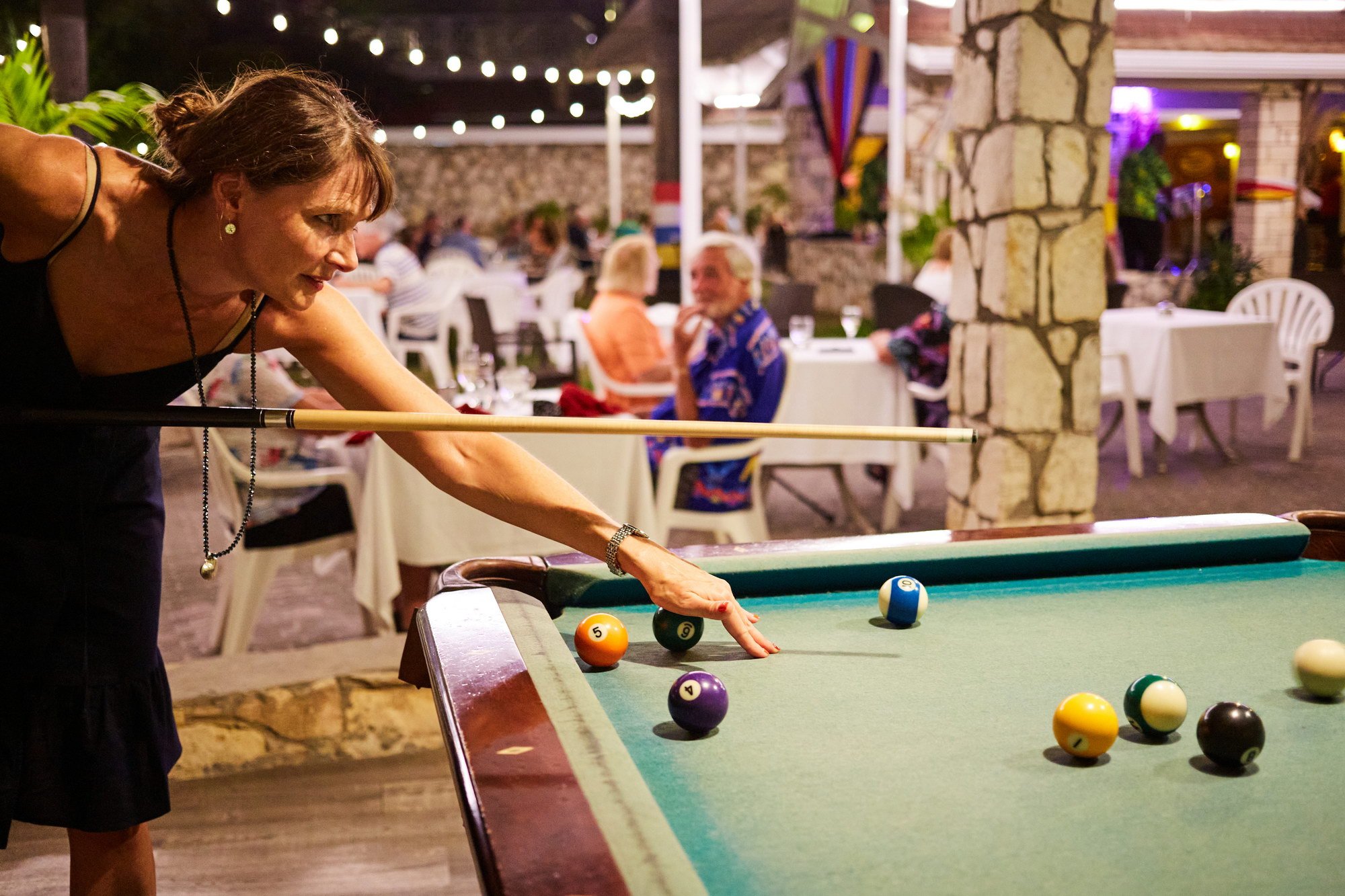The Rise of Third Spaces: Where Community, Culture, and Connection Meet
In a world where home and work often occupy the same space, many find themselves stuck in the routine of digital connection and physical isolation. Social plans get pushed to the weekend—if at all—and spontaneous interaction is increasingly rare. Consumers are craving real-world connection, and brands have a chance to step in with something more meaningful: third spaces. These are environments designed to bring people together—outside of home and work—where culture, conversation, and community can thrive.
What Are Third Spaces?
Third spaces are communal environments that exist outside of the traditional "first spaces" (home) and "second spaces" (work or school). These places serve as gathering hubs where people can socialize, collaborate, and engage in meaningful experiences without the obligations of home or work life. Cafes, libraries, parks, bars, and community centers are all prime examples of third spaces, each fostering unique interactions and cultural exchange.
Key Elements of a Successful Third Space
The most effective third spaces share common characteristics that make them inviting, engaging, and integral to their communities:
Open Invitation to Linger
A thriving third space encourages people to stay, connect, and interact without the pressure to leave. Unlike transactional spaces that discourage loitering, third spaces create a welcoming environment for prolonged engagement. More than just a grocery store, Erewhon has become an LA cultural hub known for its health-conscious community and social atmosphere. Customers come to grocery shop or eat at the hot bar, and they stick around to connect with familiar faces.
Physical Design & Location
Comfort & Informality: A casual, cozy atmosphere helps visitors feel at home.
Amenities: Offerings like seating, food, beverages, and restrooms enhance the overall experience.
Relevancy: Brick-and-mortar spaces foster community connection, but with shifting populations, pop-ups can offer a more flexible, relevant approach.
Brands like Aimé Leon Dore and Million Goods are blending storefront retail with café vibes and DJ performances—turning static spaces into immersive hangouts.
Promoting Social Interaction
Conversation & Activities: Whether through games, live events, or simply comfortable seating arrangements, third spaces facilitate organic interactions.
Regulars & Hosts: A strong sense of community emerges when familiar faces and welcoming hosts create a warm, inclusive culture.
Rapha Cycling Club (RCC) fosters this by offering club rides, post-ride coffee hangs, and curated events for its community of cycling enthusiasts.
Community value & buzz
Community Integration: A space that aligns with local culture and values will naturally attract frequent visitors.
Excitement & Use: Spaces that generate buzz and foster enthusiasm are more likely to become long-term social staples.
Lululemon x Life Time partnership does exactly this—pairing fitness with social engagement through trendy, feel-good programming like pickleball and tennis pop-ups.
The history of third spaces
Sociologist Ray Oldenburg coined the term "third place" in his 1989 book The Great Good Place, emphasizing their crucial role in civic engagement and social interaction. While the term "third space" has also appeared in postcolonial theory by Homi K. Bhabha, its contemporary use focuses on communal spaces that foster connection and engagement beyond home and work.
The impact of covid-19 on third spaces
The COVID-19 pandemic disrupted third spaces worldwide, with many closing temporarily and shifting to digital alternatives. However, as restrictions lifted, a resurgence of interest in physical third spaces emerged. People now seek flexible environments that balance safety, socialization, and productivity. Co-working spaces, outdoor venues, and hybrid digital-physical third spaces have gained traction as a result. Feeld Social, for example, has evolved beyond just app-based dating and now creates IRL events specifically designed to help people form genuine, off-screen connections.
the future of third spaces
As technology advances, third spaces are evolving into hybrid environments where physical and digital experiences coexist. While online platforms serve as virtual third spaces for remote interaction, the demand for tangible, in-person connection remains strong. The future likely holds an integration of both models, offering dynamic, immersive experiences that cater to diverse social needs. Wowza Hangout embraces this by hosting casual community events in unexpected locations—from museums to parks—proving that “third space” is more about energy than real estate.
the role of third spaces in community cohesion
Beyond their social function, third spaces are essential for fostering community cohesion by:
Encouraging Social Interaction & Engagement: Hosting public discussions, events, and activities that strengthen community ties. Miu Miu Summer Reads turned literary salons into fashionable cultural moments that did just that.
Providing Informal Support Networks: Acting as hubs for advice, networking, and local assistance, especially in underserved areas.
Boosting Civic Engagement & Local Identity: Encouraging community participation and fostering a shared sense of pride. Pineapple Beach Club stands out here as a niche destination where people connect with like-minded travelers.
Contributing to the Local Economy: Supporting small businesses and local vendors through foot traffic and engagement.
Reducing Social Isolation: Providing spaces for meaningful human connection, combating loneliness and disconnection. Third Place Bar, a non-alcoholic pop-up in NYC, was built with this goal in mind—offering a judgment-free space to gather, connect, and simply exist together.
Why third spaces matter for brands & Businesses
For brands, investing in third spaces is more than just creating a trendy environment—it’s about fostering meaningful engagement and brand loyalty. By designing spaces where customers can interact, relax, and engage with the brand on a deeper level, businesses can:
Build stronger community connections.
Increase dwell time and brand interaction.
Foster long-term customer loyalty.
Differentiate themselves in an experiential economy.
Rather than leaning into the typical grab-and-go model, The Woods Dispensary (LA) created a full-on tropical retreat—complete with koi ponds, lush greenery, and a THC-infused bar. The result? A destination that invites customers to linger, engage, and spend more time with the brand—driving higher per-person sales while cultivating a deeper sense of community.
Third spaces have always been essential for human connection (trading posts, Greek agoras, Roman forums, and Medieval taverns for example), but in today's experience-driven world, their significance is greater than ever. Whether physical, digital, or hybrid, these spaces provide opportunities for brands, communities, and individuals to connect in meaningful ways. As the landscape of third spaces continues to evolve, businesses that embrace this shift will find themselves at the heart of the next generation of experiential engagement.
Interested in creating a compelling third space experience for your brand? Contact SoHo Experiential today to explore how we can bring your vision to life.





